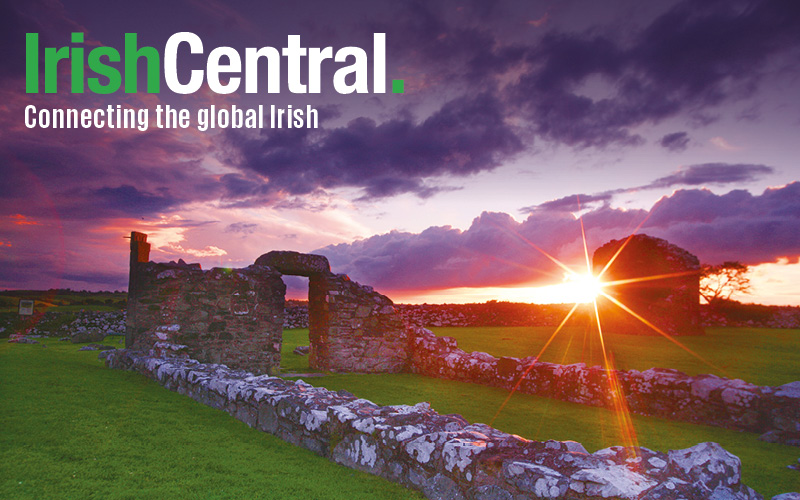Canadian scientists have confirmed that the bones found washed up on a beach at Forillon National Park in Quebec in 2011 and 2016 are Irish Famine victims from the 1847 Carricks shipwreck.
Three of the bodies washed up in 2011 and have been identified as two seven-year-old boys and an eleven-year-old boy. Their bones indicated severe malnutrition scientists said.
The ship carrying 180 passengers had departed from Sligo, Ireland in March 1847, under the command of Captain R.Thompson, loaded with emigrants ejected from the Irish estates of Lord Palmerston whose agents had chartered the ill-equipped boat to get rid of them.
On April 28, 1847, the ship ran into a severe storm in the Gulf of St Lawrence and was wrecked about 4 miles east of Cape Rosier when the crew was unable to shorten the sails. It was headed to the quarantine station at Grosse Isle and then the Port of Quebec when it sank.
Read More: Heartbreaking artwork depicting Great Hunger coffin ships now on display
The bodies found are definitely from the shipwreck the bioarchaeology laboratory at the Université de Montréal has confirmed.
The bones of the three young boys washed up on the beach at Cap-des-Rosiers in 2011 following a violent storm that damaged the shoreline. According to historical accounts, the bodies of the shipwrecked were buried on the beach.
In 2016, Parks Canada carried out an archeological dig in the area. During these digs, the remains of a further 18 individuals were discovered, bringing the total number up to 21. Most were the remains of women and children.
The bones of the Famine emigrants revealed severe malnutrition and associated diseases caused by the Famine which was then raging.at its height in Black 47 and conditions aboard ship.
It is estimated that 100,000 fleeing famine victims set out for Canada in 1847 alone and that 20,000 died on the voyage or at the quarantine station at Grosse Isle.
According to historical sources, it is estimated that between 120 and 150 people died when the Carricks sank. Of these, 87 bodies were found and only 48 people survived this tragic event. Local fisherman showing great bravery saved who they could.
Irish Memorial monument on Cap-des-Rosiers Beach.
Canadian park services officials after consulting with the citizens of Cap-des-Rosiers and members of the Irish community decided that the human remains will be buried near the Irish Memorial monument on Cap-des-Rosiers Beach at a ceremony to be held in the summer of 2019.
That monument was erected in 1900 by St. Patrick’s Parish in Montreal in memory of the Famine victims. The ship’s bell-which was found on September 24, 1968, on the beach at Blanc-Sablon on Quebec’s North Shore is located next to the monument.
Read More: Children’s bones from Irish Great Hunger discovered on Canadian beach
From 1832 to 1937, all ships had to make a mandatory stop at Grosse Île, which was then used as a quarantine station for the Port of Quebec. Without this catastrophic accident, the Carricks would also have followed this route.
“During the Great Famine of Ireland in 1847, Canada became the home of many Irish immigrants. The tragic events of the Carricks shipwreck are a startling reminder of just how difficult the journey was for the travellers and that not everybody was lucky enough to reach their new home.
"Today’s announcement is very significant for Irish families whose ancestors were Carricks passengers. This shipwreck reflects an important part of Canadian history.” said Diane Lebouthillier, Minister of National Revenue and Member of Parliament for Gaspésie - Les Îles-de-la-Madeleine




Comments